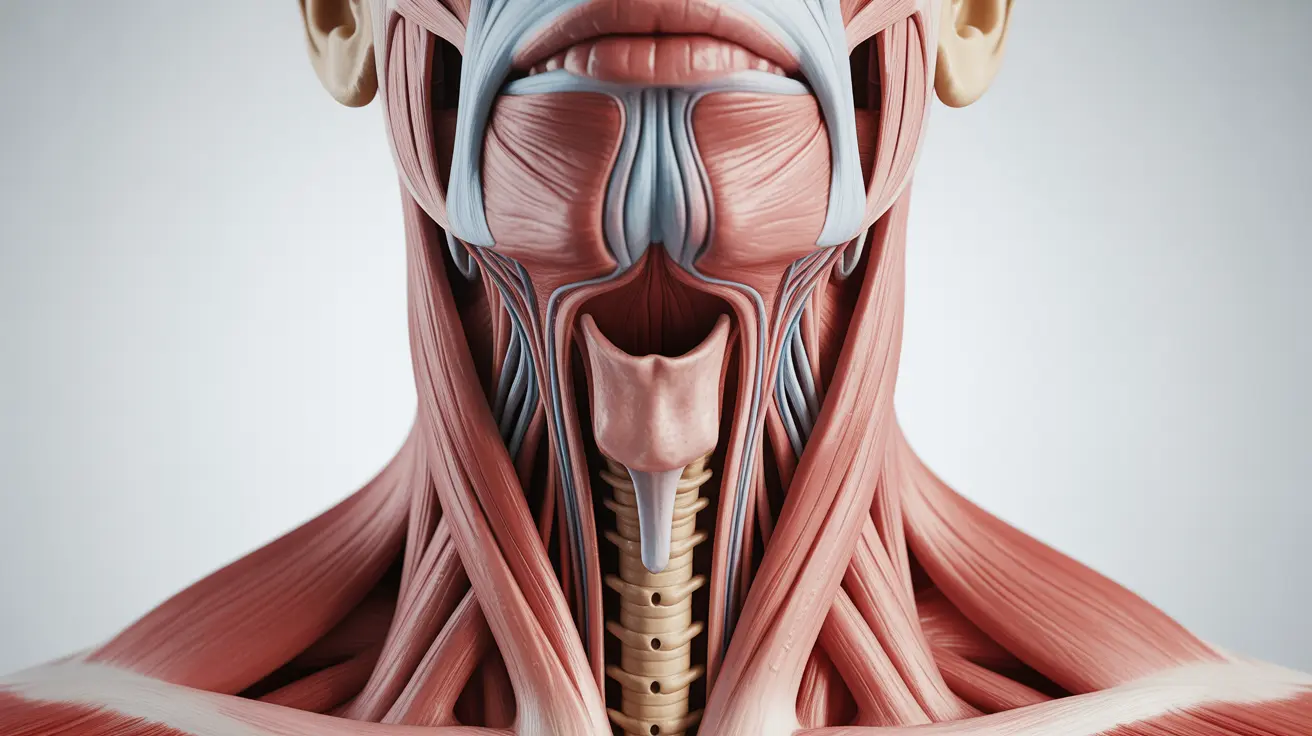A hole in the throat from smoking, medically known as a stoma, is a serious consequence that some smokers face after developing throat cancer. This surgical opening becomes necessary when cancer treatment requires the removal of parts of the throat or voice box, fundamentally changing how a person breathes and speaks.
Understanding the relationship between smoking and throat stomas is crucial for both prevention and awareness. This article explores why these surgical openings become necessary, their impact on daily life, and the critical importance of smoking cessation in preventing such life-altering procedures.
The Connection Between Smoking and Throat Cancer
Smoking is the leading cause of throat cancer, with tobacco smoke containing numerous carcinogens that directly damage throat tissue. The toxic chemicals in cigarette smoke repeatedly irritate and inflame the throat's delicate tissues, potentially leading to cellular changes and cancer development.
Research shows that smokers are up to 30 times more likely to develop throat cancer compared to non-smokers. This risk increases with the duration and intensity of smoking habits.
Why a Throat Stoma Becomes Necessary
A permanent hole in the throat becomes necessary when surgeons must perform a total laryngectomy - the complete removal of the voice box due to advanced throat cancer. This procedure creates a new airway called a tracheostoma, allowing the patient to breathe when the natural airway is no longer functional.
The Surgical Process
During the surgery, doctors create a permanent opening in the front of the neck, connecting directly to the trachea (windpipe). This becomes the new pathway for breathing, as the normal route through the nose and mouth is no longer connected to the lungs.
Living with a Throat Stoma
Having a stoma significantly impacts daily life in several ways:
- Breathing changes require adaptation to the new airway
- Speaking requires special devices or techniques
- Swimming and water activities become dangerous without proper protection
- Additional care and cleaning are necessary to maintain the stoma
- Increased susceptibility to respiratory infections
Communication Challenges and Solutions
After receiving a stoma, patients must learn new ways to communicate. Options include:
- Electrolarynx devices
- Tracheoesophageal puncture with voice prosthesis
- Esophageal speech techniques
Prevention Through Smoking Cessation
Quitting smoking is the most effective way to prevent throat cancer and the potential need for a stoma. The risk of developing throat cancer begins to decrease immediately after cessation, though it may take several years for the risk to significantly reduce.
Frequently Asked Questions
Can smoking cause a permanent hole in the throat or neck, and why is it needed?
Yes, smoking can indirectly lead to a permanent hole in the throat (stoma) when throat cancer develops and requires surgical removal of the voice box. The hole becomes necessary to create a new breathing pathway when the natural airway can no longer function due to cancer surgery.
What are the symptoms that indicate throat damage or cancer from smoking?
Key symptoms include persistent hoarseness, difficulty swallowing, ear pain, a lump in the neck, chronic cough, and unexplained weight loss. Any of these symptoms lasting more than two weeks should be evaluated by a healthcare provider.
How does having a stoma after throat cancer surgery affect breathing, speaking, and swallowing?
A stoma changes breathing patterns as air now enters directly through the neck. Speaking requires special devices or techniques since air no longer passes through the vocal cords. Swallowing remains possible but may require rehabilitation to adjust to the new anatomy.
What are the risks of throat cancer for smokers compared to nonsmokers?
Smokers face significantly higher risks of developing throat cancer, with studies showing they are 30 times more likely to develop the condition compared to nonsmokers. The risk increases with the duration and amount of smoking.
How can quitting smoking reduce the risk of throat cancer and related surgeries?
Quitting smoking immediately begins to reduce cancer risk. After 5-10 years of cessation, the risk of throat cancer decreases significantly. The longer a person remains smoke-free, the more their risk continues to decline, though it may never return completely to that of a never-smoker.




